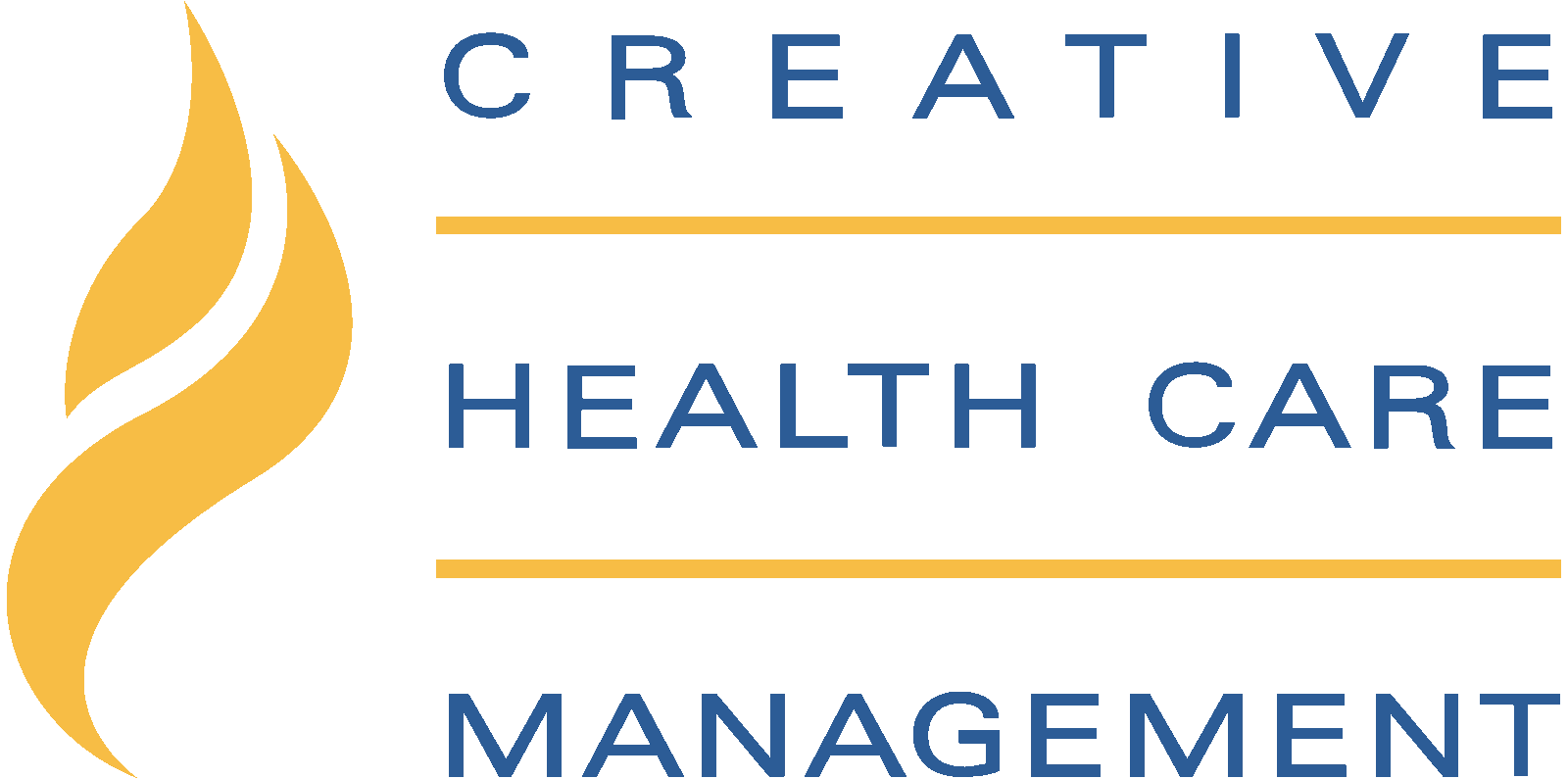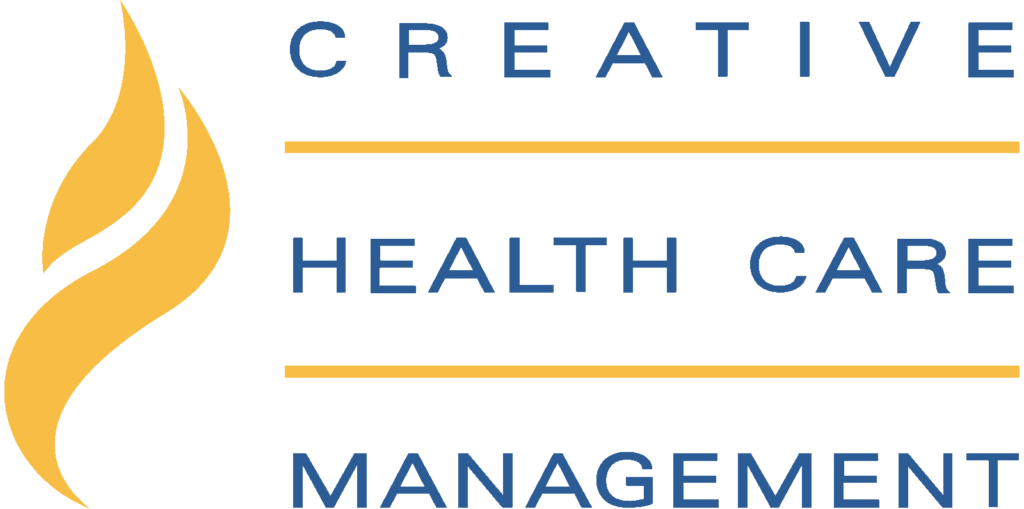Gen Guanci Med, RN, NPD-BC, CCRN-K, CEO and Consultant
The new 2023 Magnet Manual was released in November 2021. While much remained the same there are also many revisions. With every new manual there are many questions. It is time consuming to read the full manual and identify the changes. While this article is not meant to be an exhaustive review, it does capture the highlights of the 2023 Magnet manual. The article will help you with your learning curve of what stayed the same, what changed, what is new, and what was removed.
Do we have to use the new manual?
For those submitting a document in 2023 you have the option of using the current 2019 manual or the new 2023 manual. For those submitting in February 2024 or later you must use the new manual.
What Stayed the Same?
- 5 component Magnet Model that addresses structures, processes, and outcomes
- Application requirements
- Nurse Leader education requirements
- Submission periods (February, April, June, August, October)
- 4-year designation
- Empirical Outcomes show the results of strong structures and processes
- Nationally benchmarked data collection that must exceed the national benchmarks, the majority of units, the majority of the time
- Submission of HAPI Stage 2 and Above and Falls with Injury data for all applicable inpatient areas
- RN Satisfaction must meet the Magnet requirement prior to Site Visit (see ANCC Website)
- Submission of written document via ADAM or ADAM Plus
- 48-month window for narratives
- 5 pieces of supporting evidence per Source of Evidence (SoE) narrative
- Completion of:
- DDCT
- Unit Level Data Crosswalk submitted (via email on day of document submission)
- Leader Education Table (via email on day of document submission)
- Organizational Overview components must be met before moving forward for document review
General Program Changes
- Notification to ANCC of significant events within 7 business days of event
- Expanded statements related to all document creation must be original works
- Document must be open to employees 40 calendar days before Site Visit
- Document must remain open throughout Site Visit
Language Changes or Additions
- Be sure YOUR understanding of terms is the same as ANCC’s
- Green font words in the manual have a corresponding definition in the Glossary
- RN Satisfaction language expanded to include Engagement language
- Shared decision-making
- Wellbeing
- Diversity, equity, and inclusion (DEI)
Organizational Overview
- Increased to 11 items
- Changed
- Some numbers (old 008 is now new 009)
- 0010: include variety of research approval processes
- Removed:
- Continuing Education Assessment
- New/Additions
- 005: Shared decision-making structure
- 007: Wellbeing and DEI
- 008: DEI and cultural competence
- 0011: Nursing Research Table
Sources of Evidence (SoEs)
Now a total of 92 SoEs with 103 narratives since some require 2 examples. The breakdown is as follows:
- TL: 13 SoEs
- 18 narratives, 3 of which must be from Ambulatory settings and 4 are Empirical Outcomes
- SE: 15 SoEs
- 23 narratives, 4 of which must be from Ambulatory settings and 10 are Empirical Outcomes
- EP: 22 SoEs
- 38 narratives, 4 of which must be from Ambulatory settings and 10 are Empirical Outcomes
- NK: 9 SoEs
- 13 narratives, 3 of which must be from Ambulatory settings and 4 are Empirical Outcomes
EO Updates
- Changed:
- Outcome data location not needed on table portion
- New:
- Pre-intervention actions can be listed in the problem section
- Must include a minimum 2 EBP references presented in APA format
- People doing the particular work and the location of said work must be included in the intervention section
- Participant list must include any pre-intervention participants
- If displaying data in fiscal year the corresponding calendar year must also be displayed
- NOTE: Incorrect data display in manual…shows intervention period data (pg 27) and NO data should be shown in the intervention period.
TL Updates
- Changed
- SOE numbers
- TL9a – e: 2 mentoring narratives
- TL10a — d: 2 succession planning narratives
- New
- TL2: AVP/Director/Manager participation in an initiative promoting DEI
- TL5a: CNO advocacy for organization level Wellbeing resources
- TL5b: unit level Wellbeing resources
- TL7: nurse leadership guiding nurses through change
- TL 12: health promotion at external venue where healthcare decisions are made
SE Updates
- Changed
- SoE numbers
- SE11: Effectiveness of a Transition to Practice program as shown through the quality outcomes of program.
- SE12: Healthy People 2030
- New
- SE3: only board certifications from accredited bodies are accepted
- SE5: submit 1 unit specific certification action plan
- SE6: stand-alone EO for unit certification data
- SE3, SE5, SE7: extenuating circumstances language
- SE9EO: improved patient outcome as a result of a professional development activity
- SE10EO: outcome as a result of an Ambulatory needs assessment and plan
EP Updates
- Changed
- SoE numbers
- EP4: collaborating with patient/families as opposed to “partnering”
- EP12EO: turnover target goal
- EP 18: language changed to address patient experience vs service recovery
- EP20EO: Ambulatory NSI: 3 NSI (with inpatient areas); 4 NSI (if ambulatory areas only); 2 must be nationally benchmarked; expanded suggested NSI options
- New
- EP2: using shared decision-making
- EP3EO: pulse survey option
- EP6a-c: interprofessional collaboration for care coordination from inpatient to ambulatory area, from ambulatory to inpatient area, and with multiple ambulatory areas
- EP11: nurse collaboration during budgeting time to acquire or redistribute resources
- Removed
- EP14: resolved security issue
NK Updates
- Changed
- SoE numbers
- NK2: completed research study. APA format for references
- NK3: 2 examples of internal dissemination (can use study from NK2 for 1 example)
- NK4: 1 example of external dissemination (can use study from NK2)
- NK5a: new or revised inpatient EBP
- NK5b: new or revised ambulatory EBP
- NK9EO: changed from work to physical environment
- New
- NK1: nursing research infrastructure support
As previously mentioned, this article is not meant to be all inclusive. There are several new or changed items that have additional options or requirements. Please contact me gguanci@chhcm.com if you have additional questions or would like to learn how the Creative Health Care Management Culture of Excellence team can support you on your successful journey to excellence.
MAGNET®, Magnet Recognition Program®, ANCC Magnet Recognition®, Journey to Magnet Excellence®, Pathway to Excellence® Program, Pathway to Excellence in Long Term Care®, Demographic Data Collection Tool®, DDCT®, Practice Transition Accreditation Program® (PTAP) are registered trademarks of the American Nurses Credentialing Center (ANCC). The products and services of Creative Health Care Management are neither sponsored nor endorsed by ANCC. All rights reserved. The content presented in here is the expressed opinion of the author/presenter and not that of the American Nurses Credentialing Center (ANCC).





